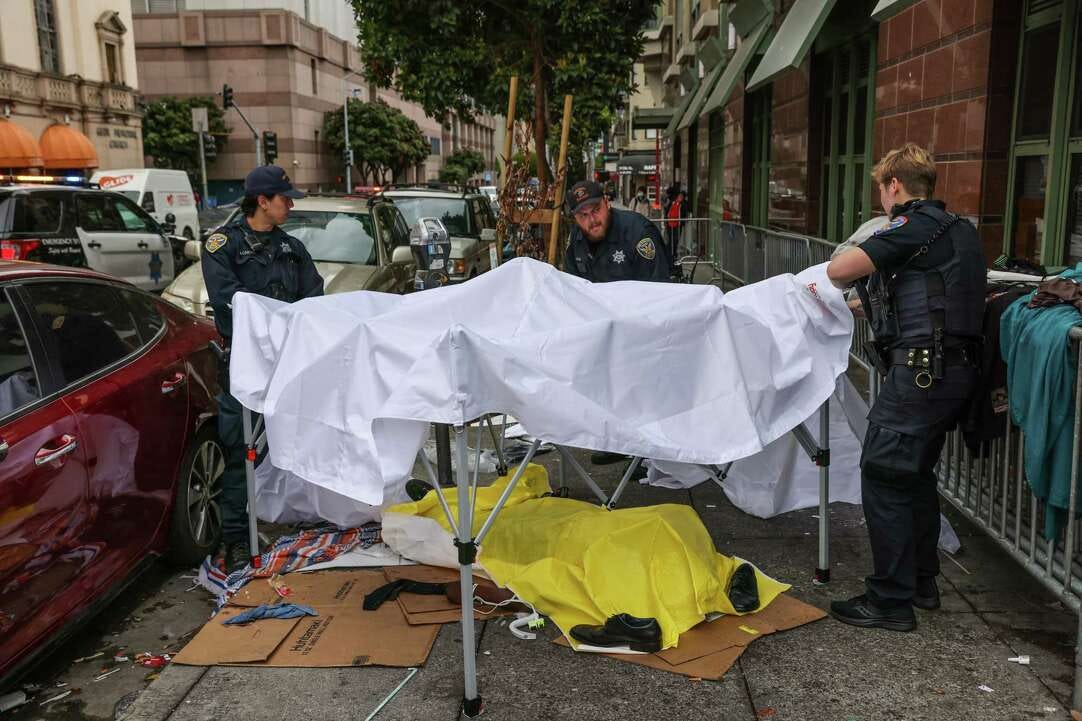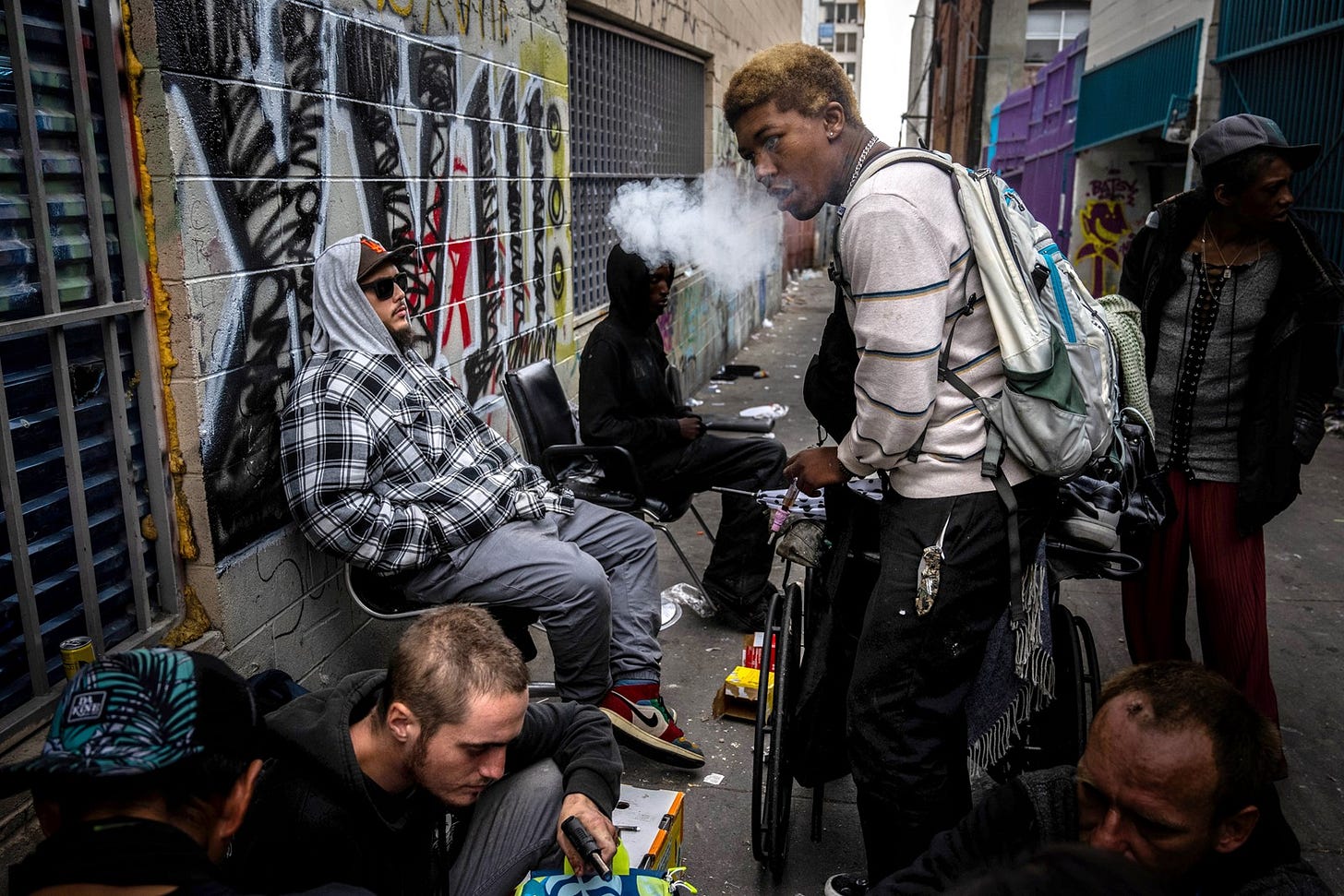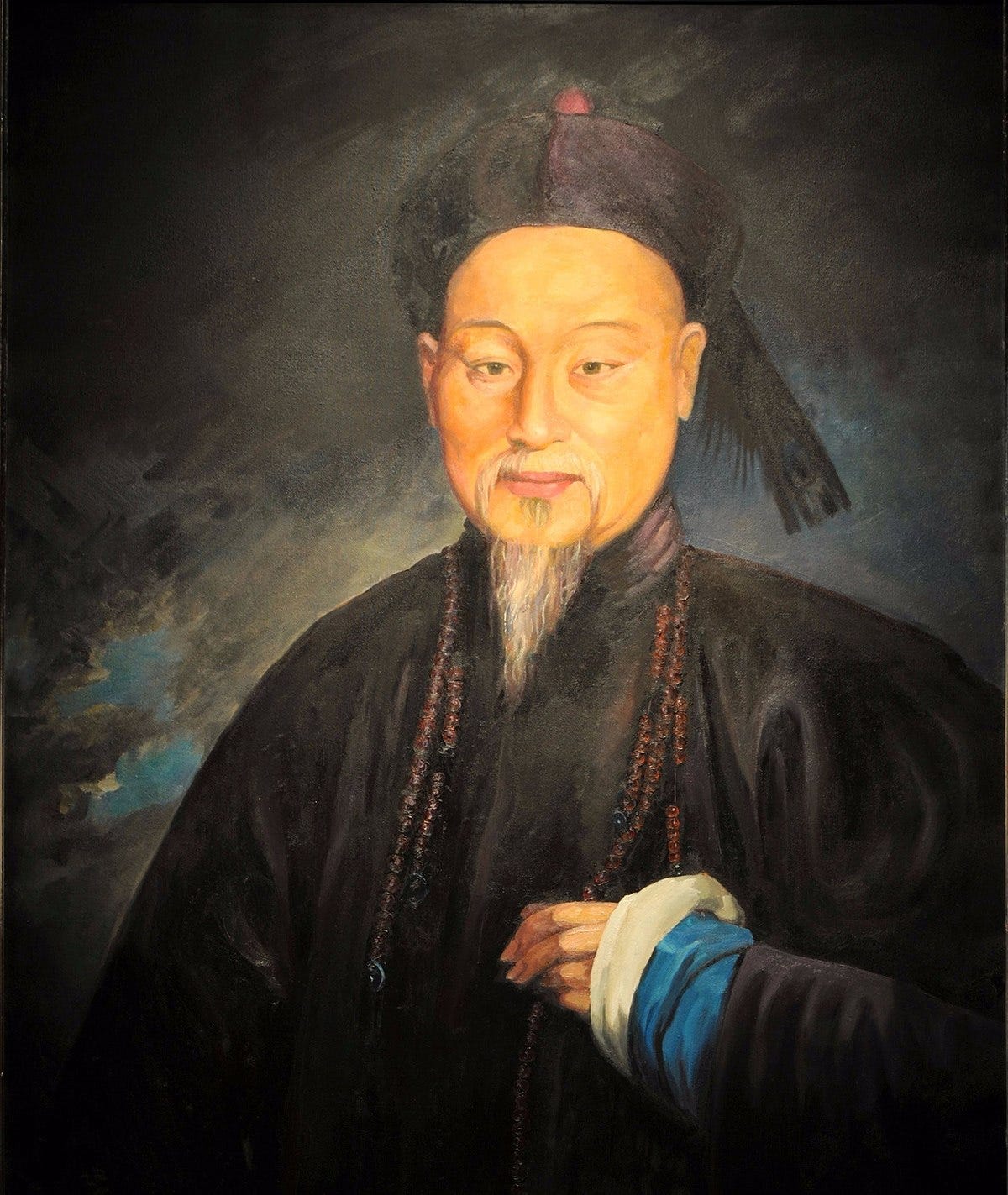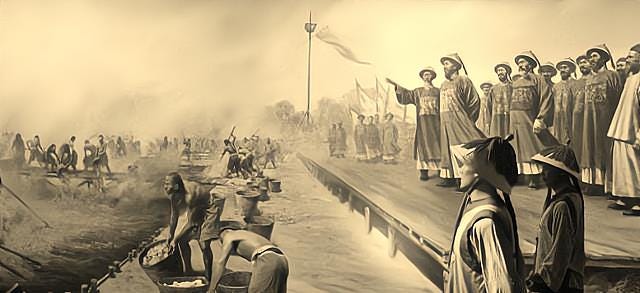I. Two Crises, Two Choices
More than 100,000 Americans die from drug overdoses each year. That number is higher than all U.S. combat deaths in Vietnam, Iraq, and Afghanistan combined. Yet politicians keep pointing fingers at everything except the root of the problem. They blame China, Mexico, the border, fentanyl labs, and immigration policy.
But this is not the first time a country has faced a drug epidemic on this scale.
In the 1830s, the Qing Dynasty was overwhelmed by British opium imports. One man, Lin Zexu, was given the authority to fix it. He did not hold hearings. He did not create a task force. He acted.
The Chinese government at the time understood something that the modern American system has forgotten. When a nation is truly serious about stopping drug addiction, it does not start with slogans. It starts with consequences.
II. What Lin Zexu Did
British traders had been importing Indian opium into China for decades. By 1838, over 40,000 chests of opium — equivalent to 2.5 million kilograms — were flooding the Chinese market. Addiction was everywhere. Corruption had spread through the bureaucracy. Morale and productivity had collapsed in cities and countryside alike.
Lin Zexu responded with what might be the most uncompromising anti-drug campaign in history.
He banned opium sales and use nationwide. He arrested more than 1,700 dealers. He closed smoking dens and destroyed the tools of consumption. He punished officials who used or protected the trade. He rewarded whistleblowers and cracked down on families who protected addicts.
Then he took on the source. British merchants were forced to surrender over 20,000 chests of opium. Lin publicly destroyed them, roughly 2.6 million pounds, by mixing the contents with lime and saltwater along the coast of Humen. The entire world took notice
.
He even wrote a direct letter to Queen Victoria, asking why the British would ban opium at home while pushing it abroad.
Lin Zexu’s crackdown became a symbol of national integrity. Even though it led to the First Opium War, it exposed the hypocrisy of the global drug trade and the moral strength of a government that chose to act.
III. What the U.S. Is Doing Instead
Now fast forward to the United States in 2025.
The leading cause of death for Americans aged 18 to 45 is drug overdose. Fentanyl is the main driver, often mixed into counterfeit pills or street drugs without users’ knowledge. The raw chemical precursors often come from China. The manufacturing happens in Mexico. The trafficking occurs through U.S. cities and towns every single day.
So what has the American government done?
Big pharmaceutical companies like Purdue Pharma made billions by pushing opioid painkillers they knew were addictive. Politicians from both parties accepted donations and blocked regulation for years. The Drug Enforcement Administration failed to act until overdose deaths had already skyrocketed.
When the lawsuits finally came, the corporations paid fines. No one went to prison.
Even now, instead of cracking down, the political system celebrates legalization. Cannabis is legal in most states. Psychedelics are being decriminalized. Drug use is now marketed as wellness, as rebellion, or even as innovation.
And in 2023, the FBI found cocaine inside the White House. No suspects were named. No charges were filed. No explanation was ever offered to the public.
When the center of political power treats drug use like a joke, why would the streets be any different?
IV. China’s Modern Approach
Modern China has a different strategy. Drug offenses are treated as a serious threat to public safety and national stability.
Possessing more than 50 grams of meth or heroin can lead to the death penalty. First-time users face two years of mandatory rehab in state-run centers. Repeat offenders face criminal charges, loss of employment rights, and restrictions on housing and financial services.
Drug dealers have their assets seized. Their names go on permanent public blacklists. And education campaigns start as early as primary school.
This is not just a law enforcement issue. Chinese communities are involved in prevention, reporting, and recovery. Schools and workplaces are expected to act if someone shows signs of addiction.
In 2014, Xi Jinping declared that drug addiction was a threat to the foundation of the country. The government mobilized every institution to respond. Since then, China’s overdose rate has remained extremely low.
V. The U.S. System Profits from Addiction
In the United States, addiction is not just a public health crisis. It is also a business model.
More than 35 billion dollars are spent annually on treatment, overdose reversal drugs, and addiction recovery programs. Some rehab centers charge more than 50,000 dollars for a month of care. Narcan, the overdose antidote, has become a billion-dollar industry.
No one in this system is incentivized to solve the problem at its root.
Popular culture promotes drug use in music, television, and advertising. Silicon Valley executives boast about microdosing LSD. Influencers treat pills and powders as aesthetic choices. At every level, the culture embraces the idea that addiction is just another lifestyle.
Law enforcement focuses on users, not supply chains. Politicians hold press conferences but do not write meaningful laws. Corporations profit from both the addiction and the so-called cure.
This is not failure. It is deliberate neglect.
VI. What Must Be Done
The United States cannot fix the drug crisis without confronting the real structure behind it.
Here are the basic steps:
Prosecute the top offenders. Big Pharma executives and lobbyists who created this crisis must face prison, not just fines.
Destroy the supply chain. From street-level dealers to international cartels, enforcement must be targeted and permanent.
Rebuild the culture. Media and institutions must stop promoting drug use as freedom. Sobriety and discipline should be valued again.
Invest in prevention. Public education, employment programs, and community stability prevent addiction before it begins.
Anything short of this will fail. And it will keep failing, year after year.
VII. Final Thought
Many Americans believe that strict laws or national discipline are a form of oppression. They view limits as threats to freedom.
But what if that belief is what’s killing people?
China crushed its opium crisis because it believed some values are worth defending with strength. Lin Zexu acted not because he was authoritarian, but because he believed the country’s future depended on it.
If the United States wants to end its overdose crisis, it needs to stop treating drug use as personal expression. It needs to treat addiction like the emergency it is. That means holding criminals accountable, removing toxic influences, and refusing to glorify destruction.
Freedom is not the right to self-destruct. It is the power to live with purpose, strength, and clarity.
And that kind of freedom will not come from the current system. It will come from rebuilding a new one.

















Share this post